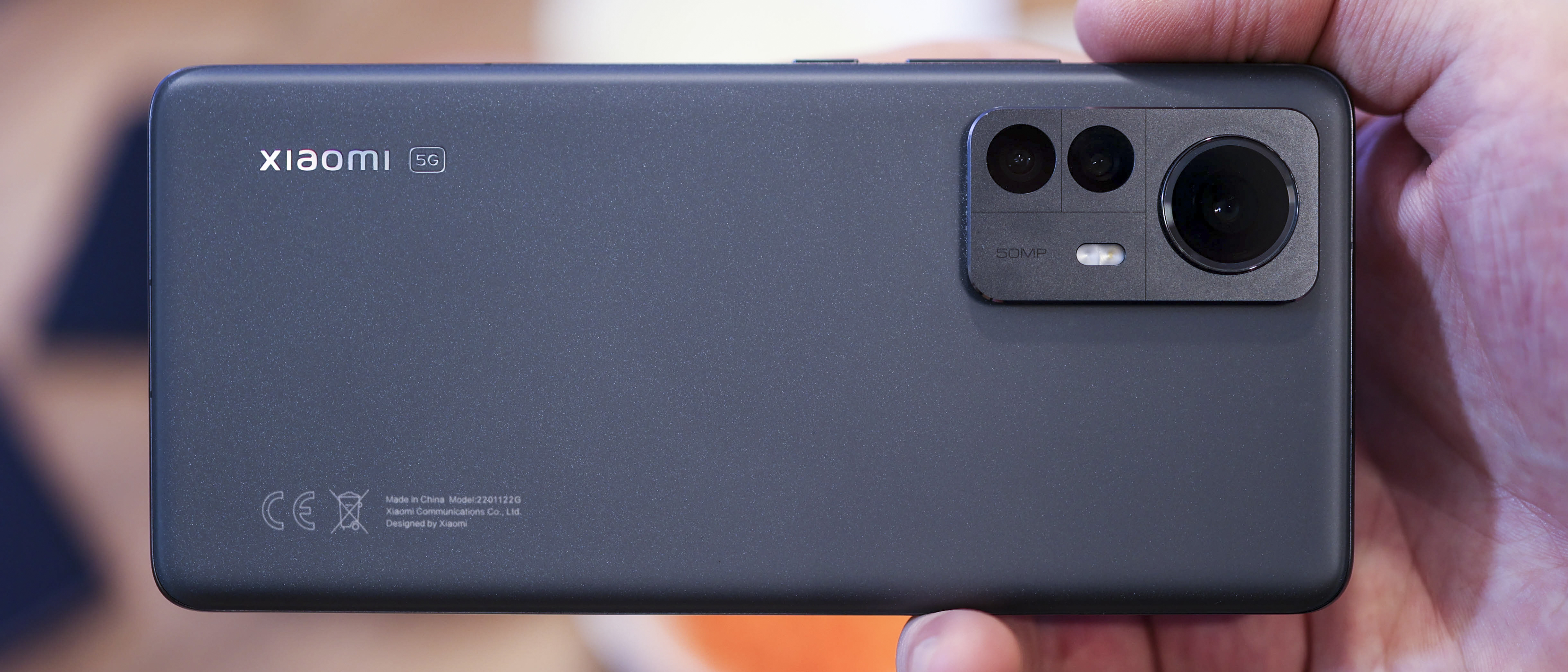Digital Camera World Verdict
Xiaomi’s going from strength to strength, and the 12 Pro is its most refined smartphone to date. It combines flagship power, an incredibly sleek design, and a very reliable camera, not to mention the fastest charging available on any mainstream flagship phone. It isn’t the best camera phone we’ve used with its limited zoom; the Xiaomi 12 Pro is an excellent, balanced smartphone.
Pros
- +
Best-in-class charging speeds
- +
Rich fingerprint-repellant design
- +
Excellent screen quality
- +
Great primary camera
Cons
- -
Limited telephoto reach
- -
Good, not great battery life
- -
No expandable storage
Why you can trust Digital Camera World
In the year between Xiaomi announced the Xiaomi Mi 11 and Xiaomi 12 Pro, the smartphone maker has been making leaps and bounds in the West, selling loads of mid-range and budget phones and hitting the number three spot behind Samsung and Apple in Q4 2021, according to Counterpoint Research.
Xiaomi has also made flagships like the Xiaomi Mi 11 Ultra and Xiaomi 11T Pro, introducing pioneering tech like an almost 1-inch camera sensor in the Ultra and 120W fast charging in the 11T Pro.
While none of the Xiaomi phones launched grabbed the best camera phone title, they’ve been reliably good value for money, delivering best-in-class features in specific areas. Meanwhile, the Redmi Note 10 Pro (Redmi being Xiaomi’s sub-brand) is one of the best budget camera phones money can buy.
After all this success, Xiaomi’s latest flagship, the 12 Pro has a lot to prove, going up against such fierce competition as the Oppo Find X5 and Samsung Galaxy S22 Plus and S22 Ultra. Costing $999, and launching alongside the $749 Xiaomi 12 Pro, the line slightly undercuts the priciest competition, but can it compete?
Design & screen

The Xiaomi 12 Pro builds on the excellent Mi 11, a great option let down somewhat by its interface. While we liked its design, the new Xiaomi 12 Pro is ultimately more mature.
Xiaomi has brought back a matte finish for the back of its phone, and kept the materials premium with glass and metal. The glass back of the 12 Pro repels fingerprints incredibly well, and the metal frame has a smart, blasted metal finish.
You can pick up the Xiaomi 12 Pro in Blue, Gray, and Purple, and all the colors look tastefully subdued. The display is Gorilla Glass Victus, and it curves into the sides of the phone elegantly, which curve to meet the rounded glass back, making for a great in-hand feel.
Interestingly, the 12 Pro isn't IP rated, so it isn’t officially dust and water resistance like most flagships. We did use the phone in a downpour. Not only did it survive, but it impressed us by being responsive to the touch even with a wet screen, so we anticipate Xiaomi has done a OnePlus and saved cash by not getting the official IP rating. Nevertheless – don’t dunk yours based on our experience.
Buttons are all on the right side of the device – just a power button and volume rocker, and there's a dual-SIM slot at the base as well as an IR blaster up top.
We like the Xiaomi 12 Pro’s design. Not too heavy or light, the curves make it feel slimmer than it is, and the finish on the back is one of our favorites to date.
As for the screen, it's an LTPO AMOLED panel with a 120Hz refresh rate. The phone's refresh rate ranges from 1-120Hz, and the 12 Pro can optimize the rate based on what's going on on-screen.
Xiaomi's 12 Pro also enjoys a excellent clarity given its WQHD+ resolution (521 pixels per inch, which is about as good as it gets). Sharpness is matched with brightness, and the Pro can climb up to 1500 nits in high brightness mode, putting it only slightly behind the best out there, the Galaxy S22 Ultra.
All this makes for a great phone to look at, handle and watch content on.
Xiaomi 12 Pro: Cameras
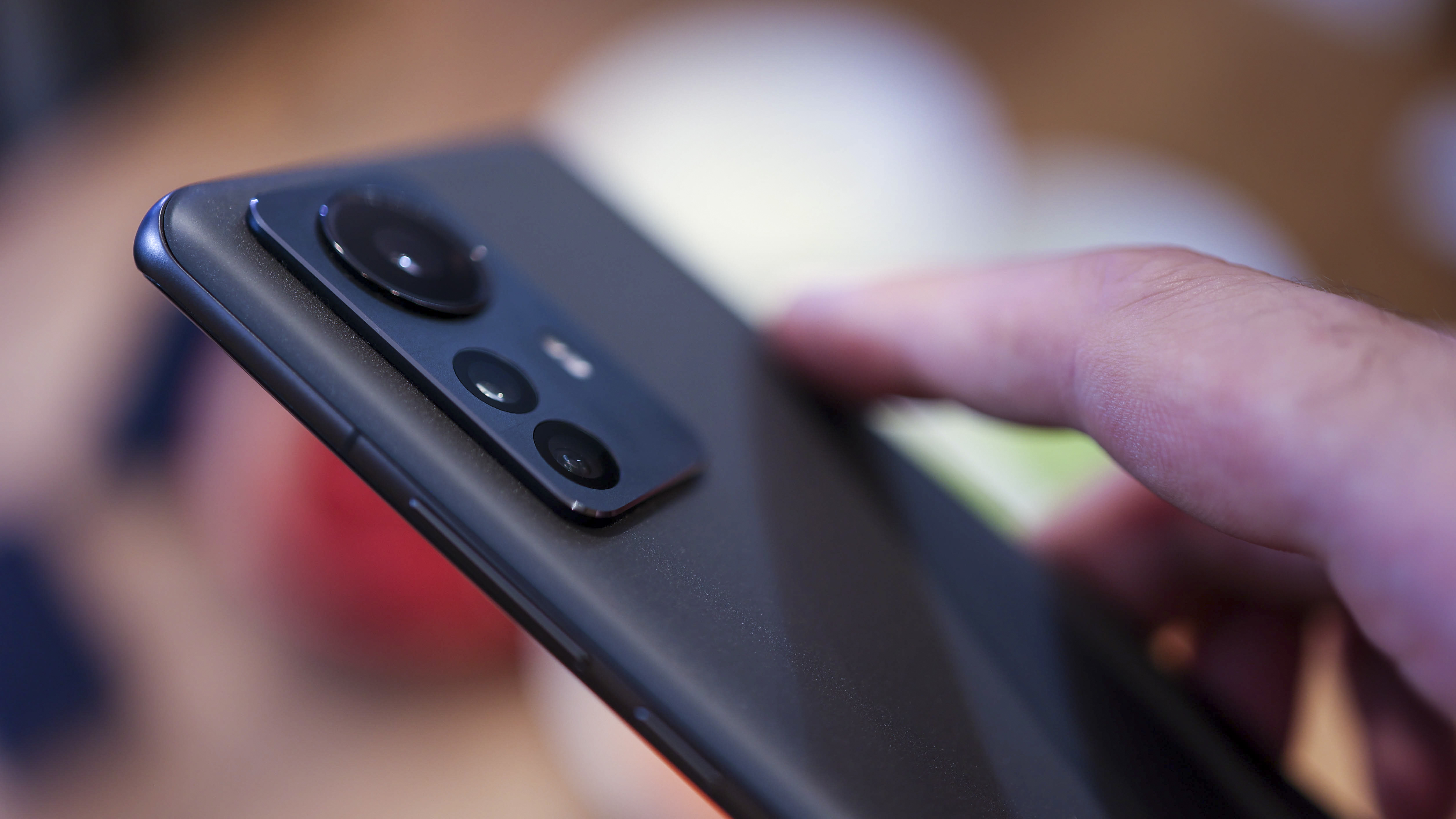
A triple 50MP camera powers the Xiaomi 12 Pro's imaging experience, spearheaded by a primary 50MP IMX707 1/1.28-inch Sony sensor. A great sensor size for a smartphone – larger than the Samsung Galaxy S22 Ultra and Xperia Pro-I sensors, the main camera also benefits from an f/1.9 aperture and a seven-element lens.
Unfortunately, only one camera gets the IMX707, with the telephoto and ultra-wide cameras featuring Samsung Isocell JN1 sensors measuring 1/2.76 inches. That’s the same sensor behind many midrange phones primary cameras – so isn’t bad going for ultra-wide and telephoto secondary shooters.
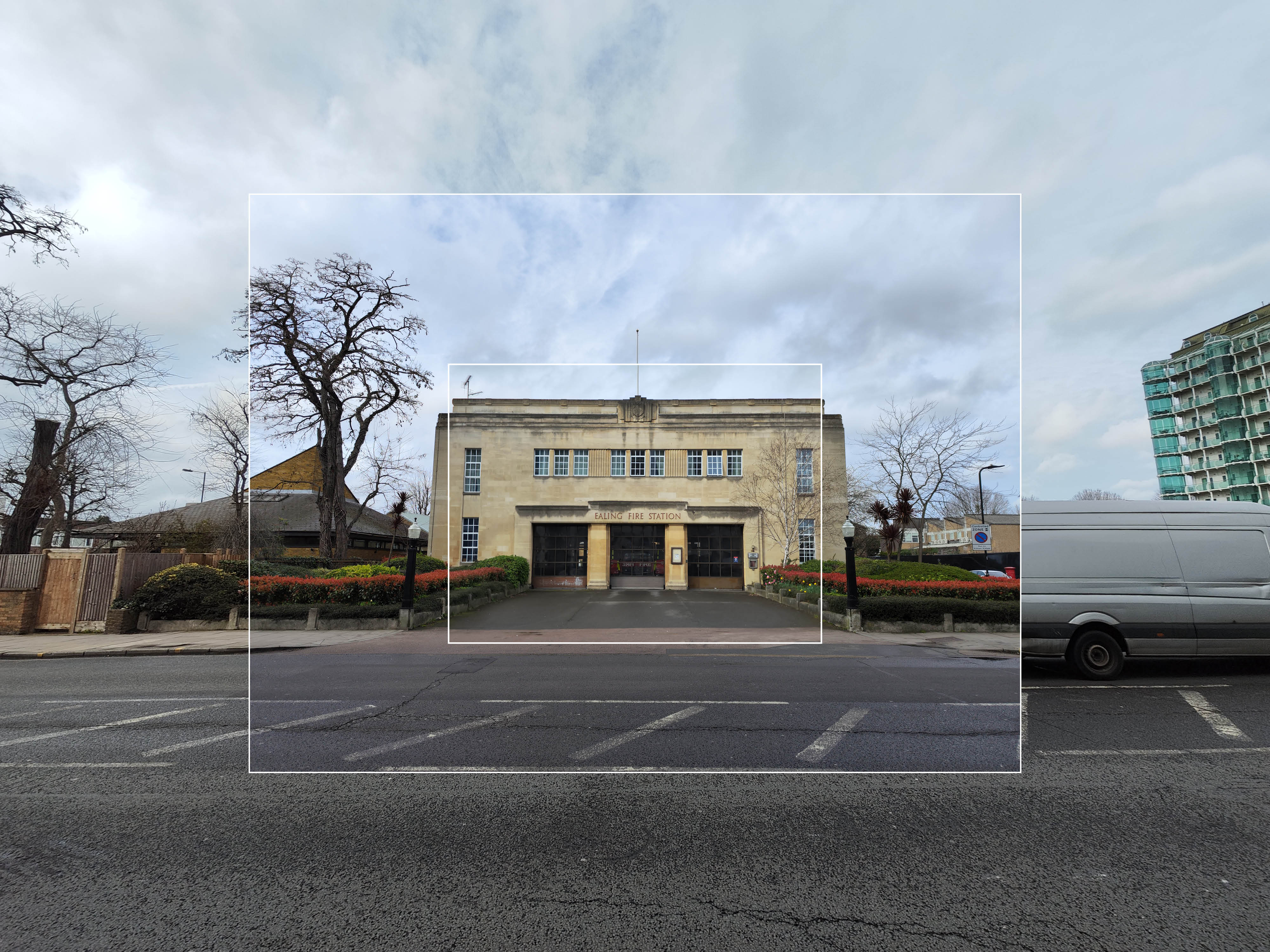

As for range, the ultra-wide camera has a 115º field of view (roughly 15mm) with an f/2.2 aperture, while the telephoto camera features a 48mm focal length with an f/1.9 aperture, resulting in a two times zoom.
Xiaomi crams loads of shooting modes into the 12 Pro, including Auto, Pro, Video, Portrait, Night, 50MP full-resolution, Short video, Panorama, Document capture, Vlog, Slow motion, Time-lapse, Movie effects, Long exposure, Supermoon and Dual video.
Camera performance
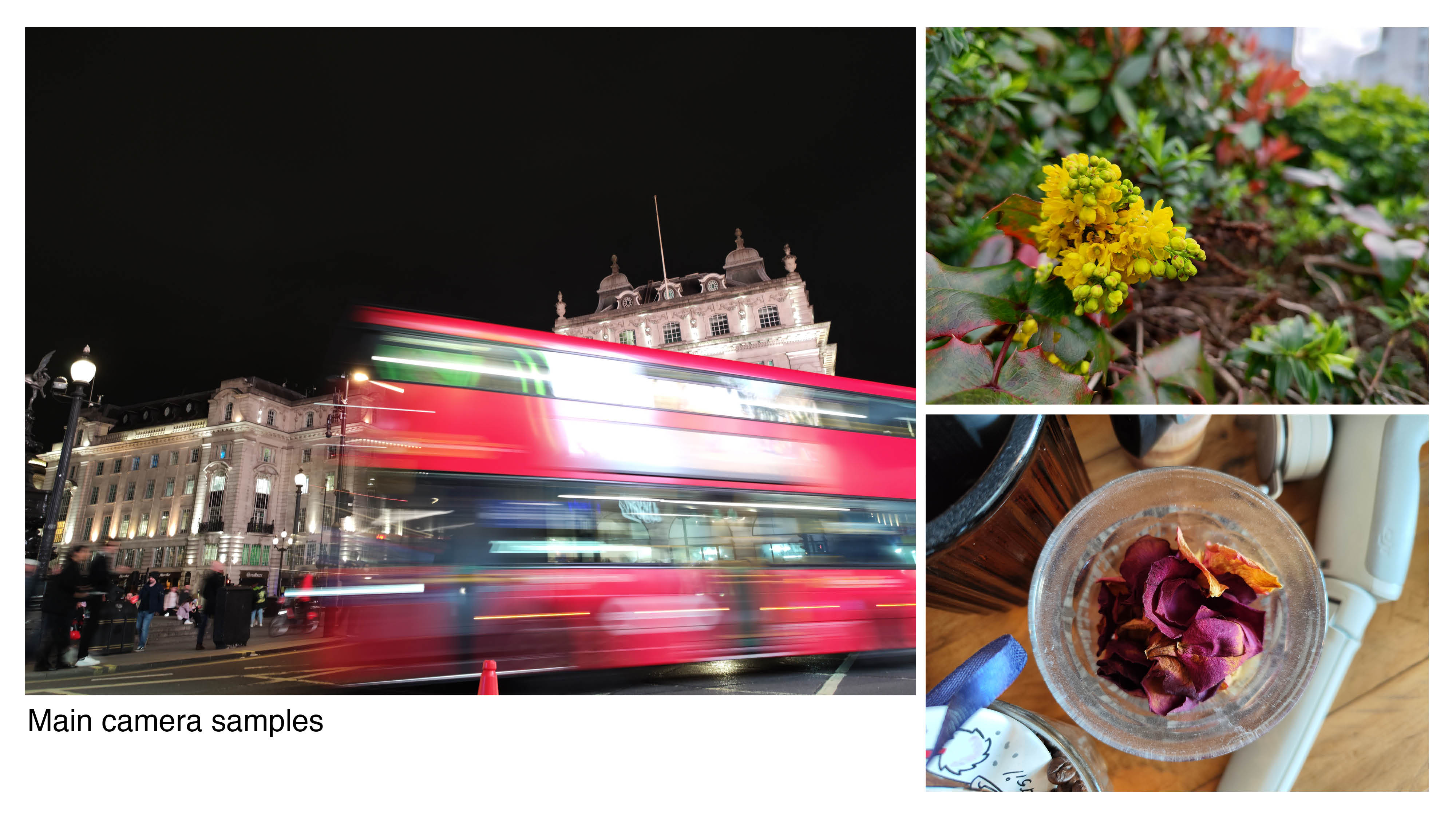
The large sensor in the main camera helps the Xiaomi 12 Pro capture high-impact photos with pleasing depth. Fast, responsive autofocus also ensures photos pack clarity, and while Xiaomi does apply a fair bit of processing to enhance its images, even when you crop into a photo, sharpening isn’t jarring.
When it comes to croppable clarity, the Xiaomi 12 Pro beats out the iPhone 13 Pro Max’s main camera (though not the telephoto camera). It also captured more accurate and consistent colors across the wide and ultra-wide in our tests, which is impressive given what a reliable performer iPhones generally are.
When taking portraits in artificial light, especially incandescent, the phone had a tendency to make faces slightly redder than they were, adding warmth and saturation but sometimes sacrificing realism. Nevertheless, the 12 Pro generally captures flattering, and impressive photos from its main camera.
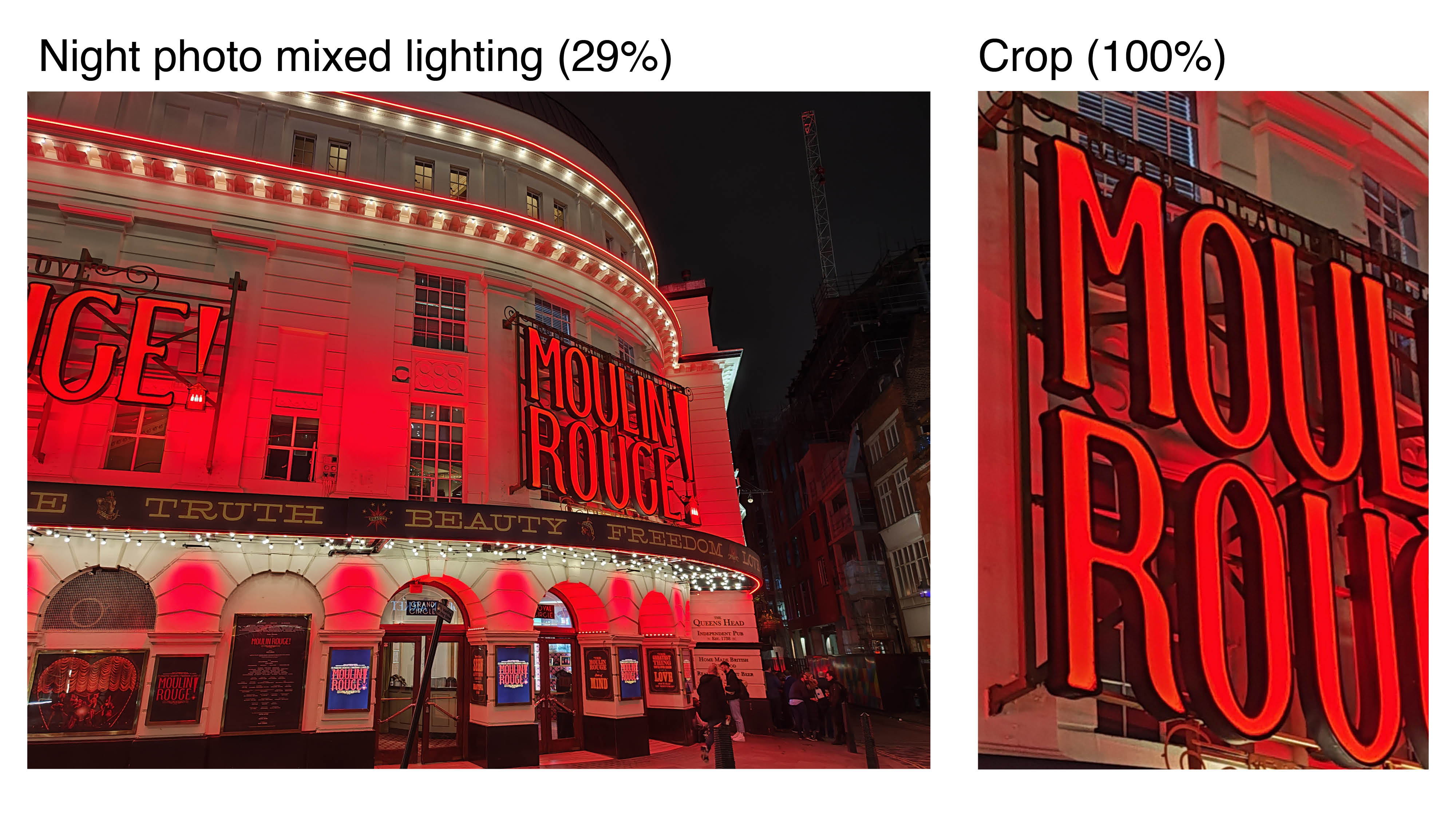
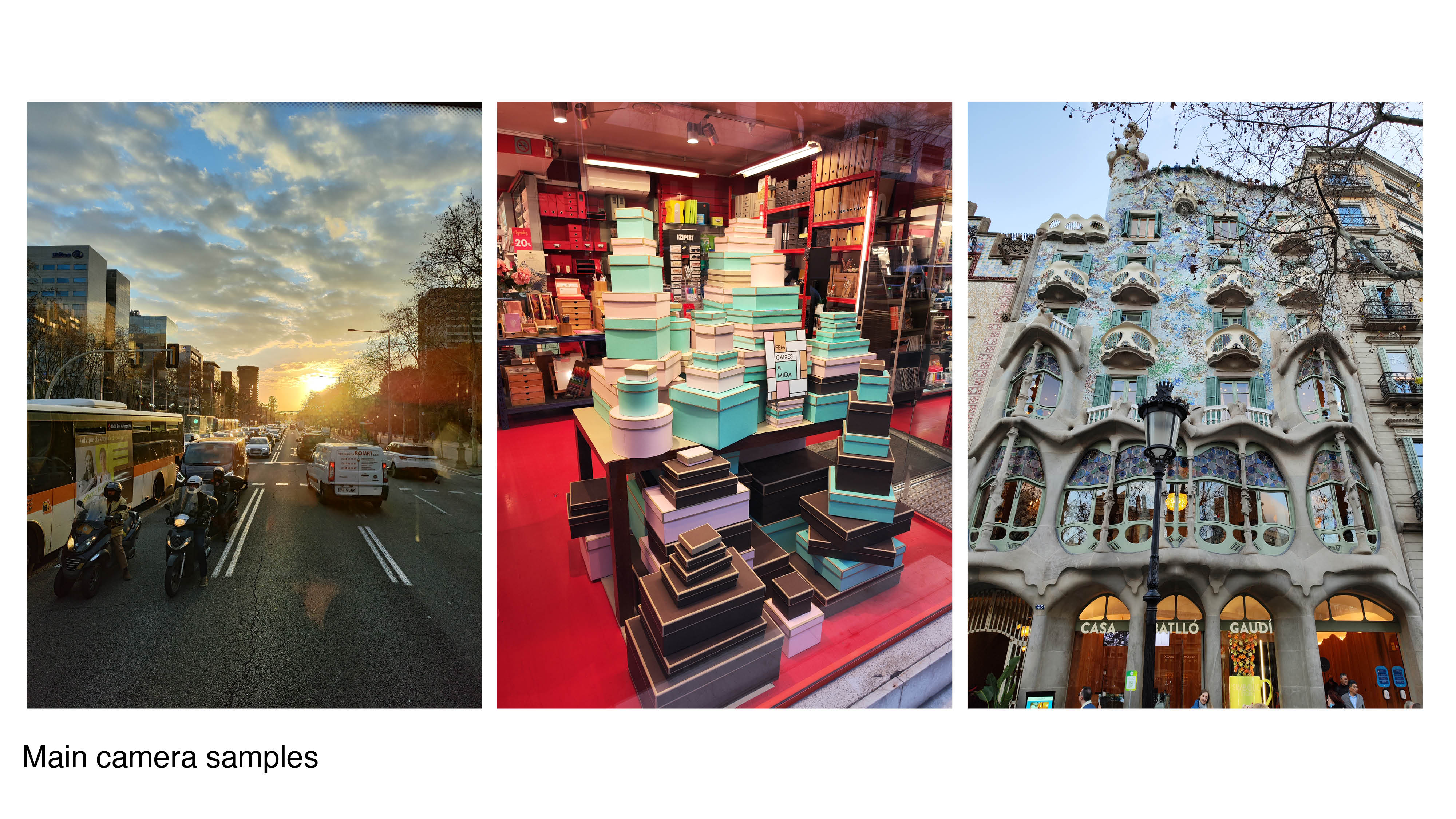
The phone’s auto night mode isn’t as aggressive when it comes to brightening scenes as that of Samsung or Google, and we don’t mind the dialed back exposure. It resulted in more true-to-life low-light scenes while still giving us more discernable detail than a Sony camera phone might.
As for the telephoto camera, its performance is respectable across lighting conditions. However, its reach is poor, falling behind that of the OnePlus 9 Pro – a phone that’s hardly known for its zoom. If you like pinching in on your phone viewfinder, definitely opt for a Samsung Galaxy S22 Ultra with its 10-times optical reach, or even a Pixel 6 Pro with its four-times zoom.
As for the ultra-wide camera, it’s great day-in-day-out when capturing landscapes, and detail and color balance in its images are respectable. We would have liked to see autofocus in the mix though, as found on the Oppo Find X5 Pro, putting the 12 Pro’s ultra-wide firmly in the middle of the flagship pack.
The Xiaomi 12 Pro shoots excellent video, especially in bright environments. It’s one of the few 8K cameras that fire up image stabilization across all resolutions and in 4K at up to 60fps. The phone’s 32MP selfie camera also took reliably flattering photos in bright scenes, holding up against all but the best when the lights dimmed.
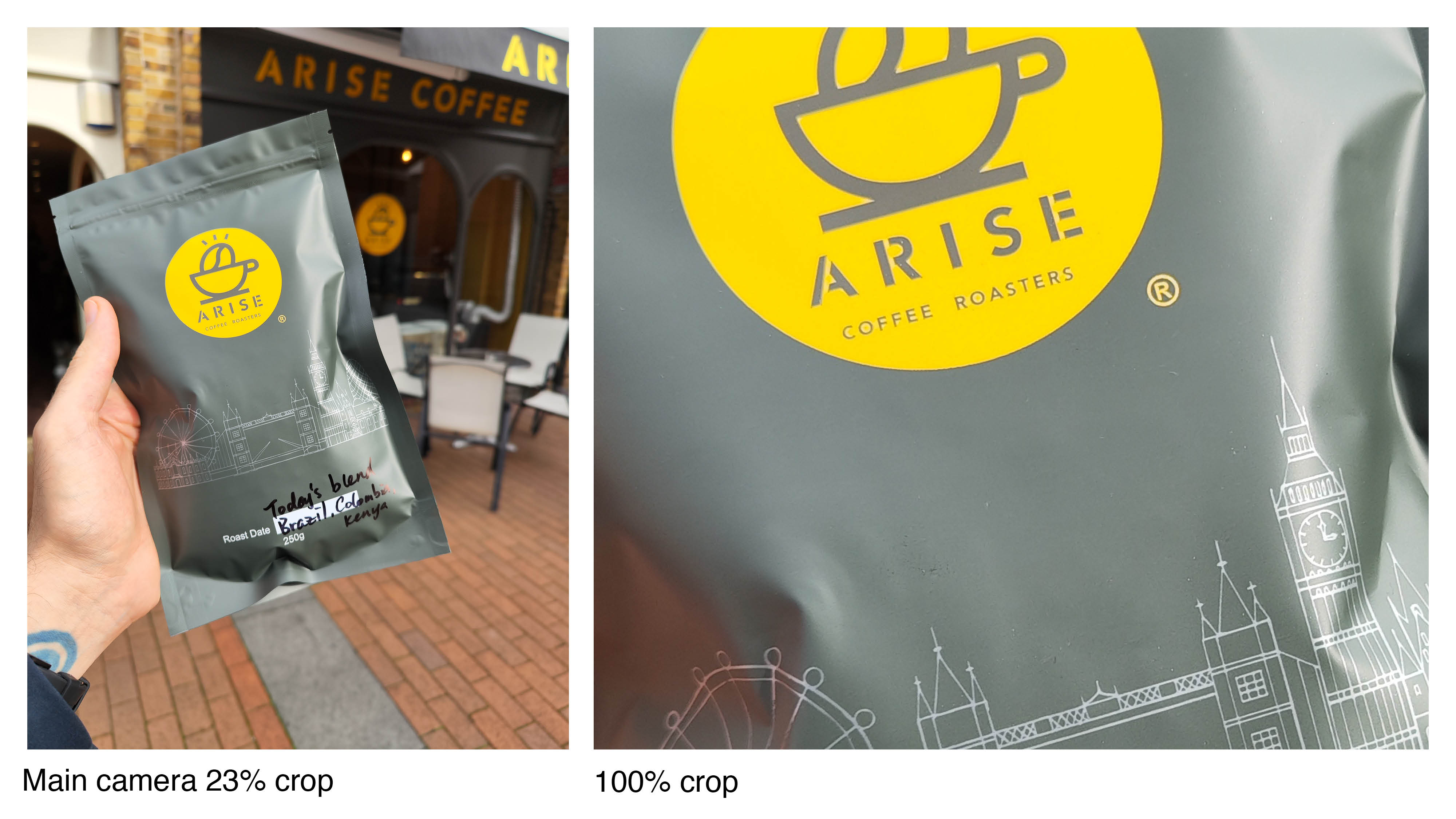
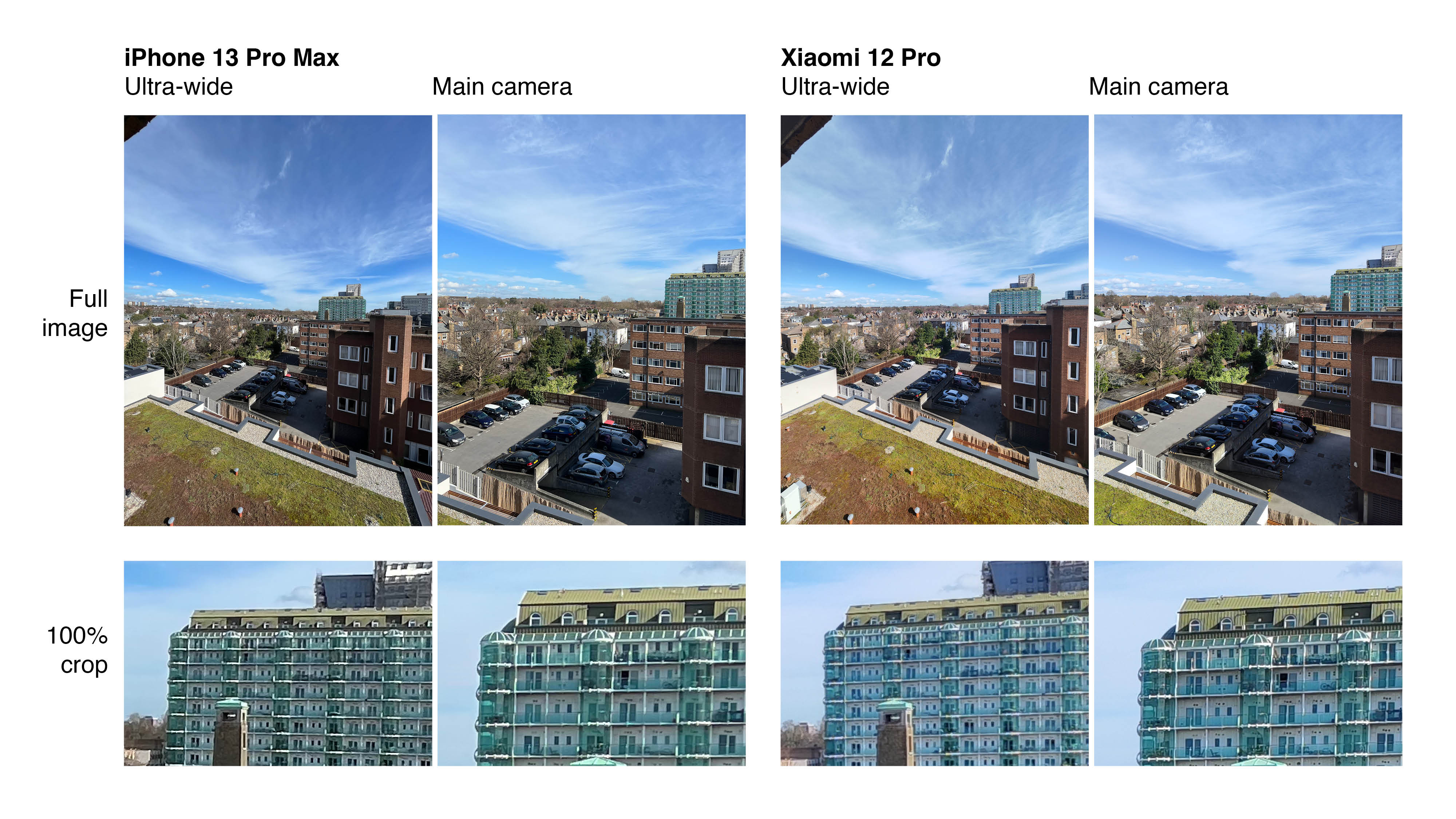
Xiaomi 12 Pro performance and specs
Qualcomm’s latest-gen Snapdragon 8 Gen 1 chipset powers the Xiaomi 12 Pro, and day-to-day performance is excellent. This power is matched with up to 12GB RAM, making the 12 Pro about as specced out as a mainstream flagship gets these days.
With either 128GB or 256GB storage, there’s plenty of space for photos and videos, though if you plan on capturing loads of 4K or 8K footage, there’s no SD card expansion – so opt for the higher-capacity model, which costs $1,099 (roughly £850).
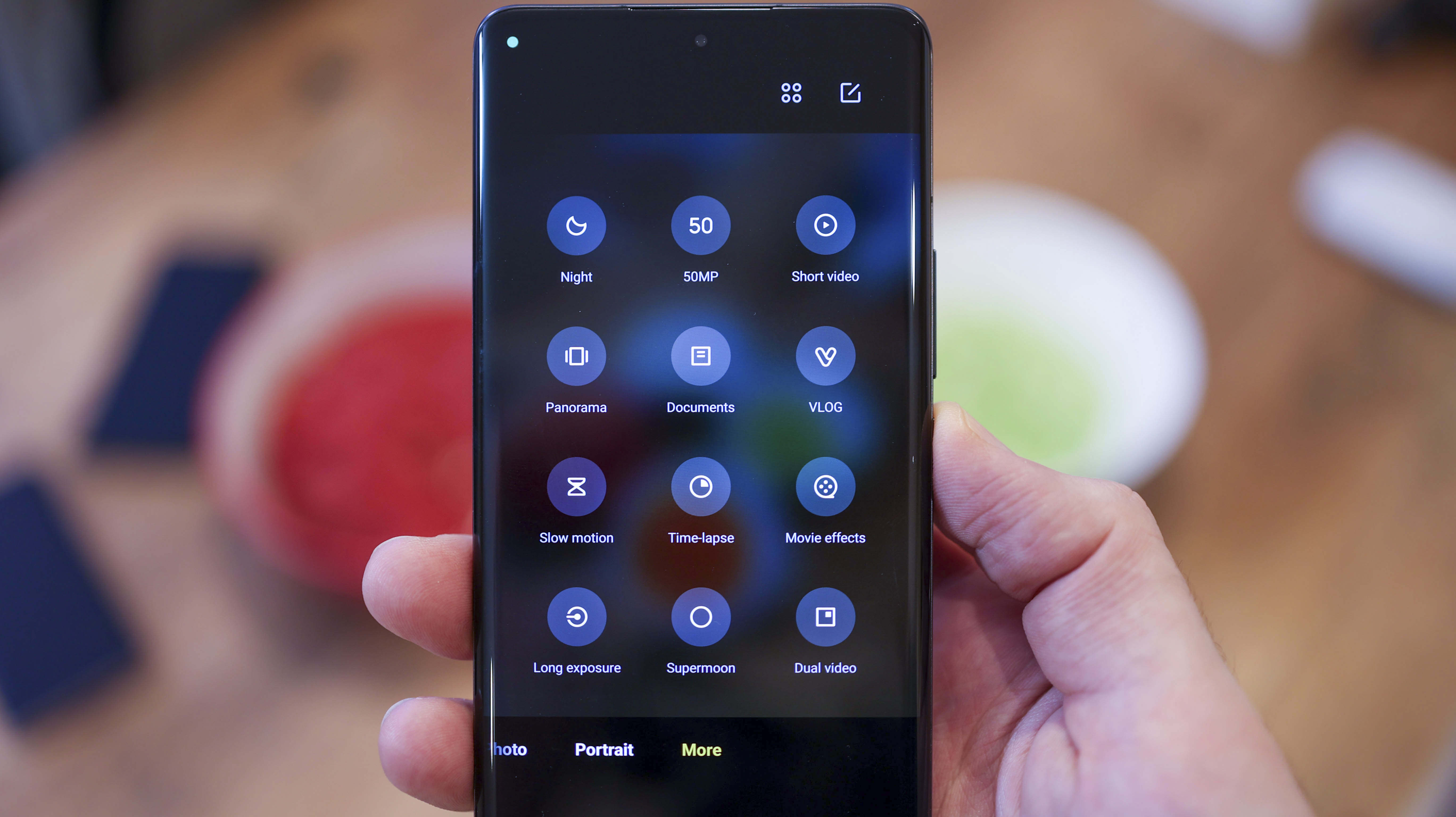
The phone’s quad speakers feature Harman Kardon tuning, so, unsurprisingly, it sounds clear and loud, though it can’t beat the iPhone 13 Pro, which has an altogether more grounded, rounded quality.
Probably our least favorite thing about past Xiaomi phones has been the brand’s heavy interface, MIUI. Luckily, this time around, Xiaomi has ironed out most of the bugs, with smooth performance and no dark mode glitches. While it’s still much heavier than stock Android, it’s a definite step in the right direction.
With a respectable, though not class-leading battery capacity of 4600mAh, the Xiaomi 12 Pro’s battery makes it through a full day, but little more. That said, its charging speed is headline-grabbing at 120W. Delivering a full charge in under 20 minutes, the Xiaomi 12 Pro is the fastest charging flagship available at launch. It also benefits from fast wireless charging at 50W, and 10W reverse wireless charging too, making it something of a charging champ.
Xiaomi 12 Pro: Verdict

If you want an excellent all-around phone with a very reliable primary camera, the Xiaomi 12 Pro is it. From its design to its screen, performance through to those lightning fast charging speeds, it delivers where it counts.
While the 12 Pro’s telephoto range isn’t great, this is altogether less important than the quality of its primary camera. The fact it packs the largest sensor available at its price, which translates to amongst the best pictures at under $1,000 helps compensate for any secondary camera shortfalls.
Additionally, the 12 Pro’s range of shooting modes matched with impressive video capture also ensure the imaging experience competes head-on with the best smartphones out there.
• The best camera phones you can buy today
• Best Xiaomi phones
• The best phablets
• Which is the best iPhone for photography?
• The best gimbals
• Best phone cases
Basil Kronfli is a freelance technology journalist, consultant, and content creator. He trained in graphic design and started his career at Canon Europe before moving into journalism. Basil is also experienced in video production, independently running the YouTube channel TechEdit, and during his time at Future, he worked alongside the Digital Camera World team as a senior video producer.
